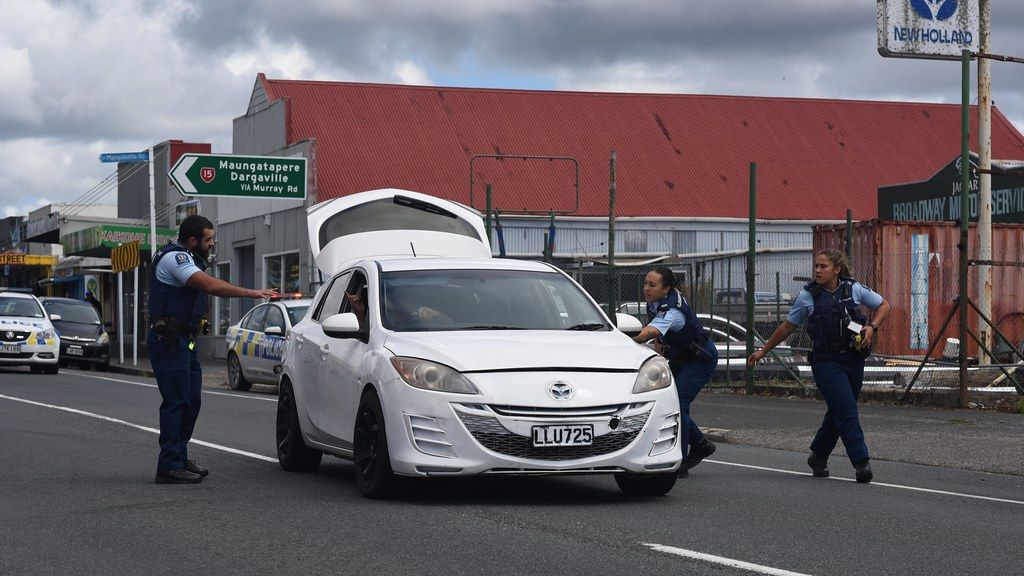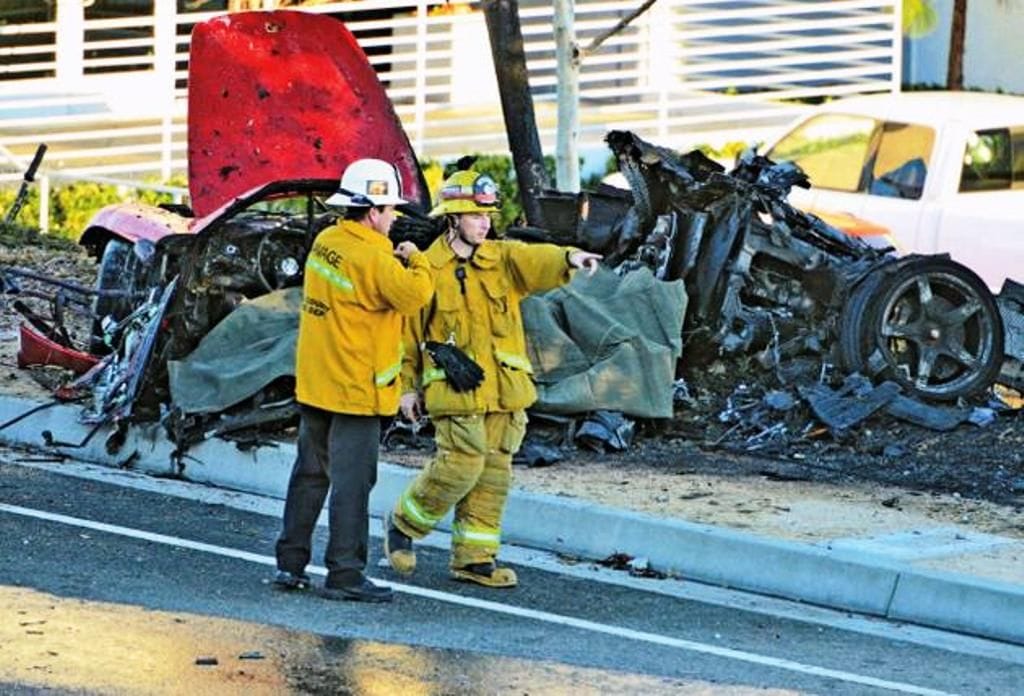
The world stood still on November 30, 2013, as news of actor Paul Walker’s tragic and sudden death spread, leaving fans, colleagues, and an entire industry in profound shock. The beloved star, at the height of his career, was only 40 years old when a devastating motor vehicle accident claimed his life, abruptly halting a trajectory that promised even greater heights. This was not merely the loss of a movie star; it was the premature silencing of a dedicated philanthropist, a loving father, and a deeply cherished friend.
The circumstances surrounding the crash were, from the outset, shrouded in an unsettling blend of mystery and public grief, prompting an immediate desire to understand the specifics of that fateful afternoon. Beyond the headlines, a deeper narrative awaited exploration, one that speaks to the fragility of life, the unforeseen turns of destiny, and the lasting impact a single individual can have on the world. The investigation into his final hours would reveal a series of grim details, painting a stark picture of the terror and trauma that unfolded in Santa Clarita, California.
We embark on an in – depth journey to revisit those final moments, meticulously piecing together the events that led to Paul Walker’s untimely passing. Drawing exclusively from the meticulous reports and poignant accounts that emerged in the wake of the tragedy, we will explore the details that illuminate the complexities of the crash, the immediate aftermath, and the initial medical findings that offered a harrowing glimpse into the actor’s last breaths. This is an attempt to comprehend the incomprehensible, to honor a life cut short, and to understand the specific, disturbing facts that marked the end of an icon.

1. **Paul Walker’s Burgeoning Career and Philanthropic Endeavors Before the Accident** In the early 2010s, Paul Walker’s professional life was flourishing, reaching a significant peak with the successful completion of the sixth installment of the “Fast & Furious” franchise, in which he famously portrayed Brian O’Conner. His cinematic achievements were complemented by his presence in the fashion world, as he lent his image to designer brands, and his entrepreneurial spirit was evident in the founding of his own production company, Laguna Ridge Pictures, in 2012. He was not just an actor; he was a burgeoning mogul, diversifying his talents and impact across various platforms.
Beyond the glitz of Hollywood, Walker possessed a profound sense of humanitarianism, a trait that truly defined his character. He had established Reach Out WorldWide, a nonprofit organization dedicated to providing immediate relief to communities ravaged by natural disasters. On the very day of his death, he was actively hosting a charity event, a holiday toy drive, specifically aimed at aiding the survivors of Typhoon Haiyan in the Philippines, which demonstrated his unwavering commitment to global causes. As his brother Cody, who later took over the charity, shared, “Paul did not realize the impact that he made on those around him,” a sentiment that speaks volumes about his humble and selfless nature.
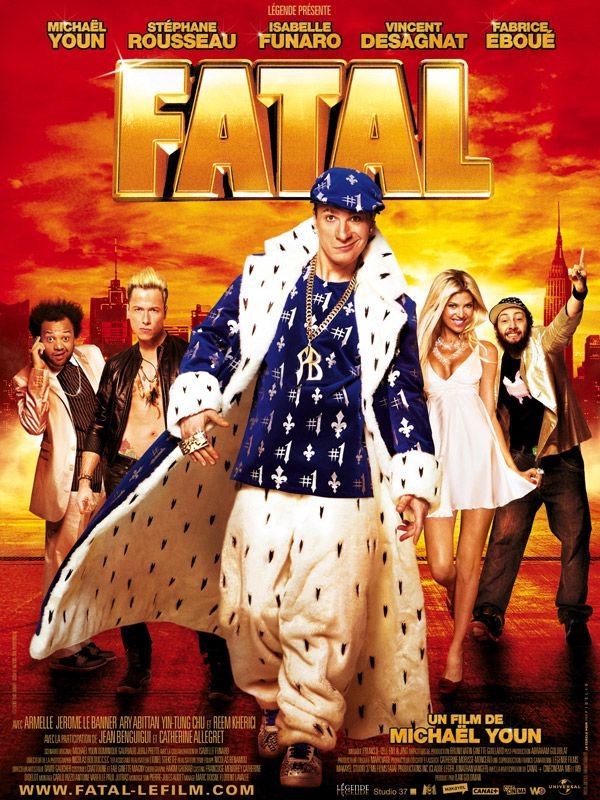
2. **The Fatal Day: November 30, 2013, Charity Event and the Drive** The tragic events unfolded on Saturday, November 30, 2013, a day that began with a benevolent purpose in Santa Clarita, California. Paul Walker, having initially forgotten about the commitment, received a text that reminded him of his charity event, a toy drive held at the high – performance car shop owned by his friend and business partner, Roger Rodas. The gathering proved to be a success, reflecting Walker’s dedication to Reach Out WorldWide and its mission to assist victims of environmental catastrophes.
As the afternoon drew to a close, around 3:30 p.m., Walker and Rodas left the event in what was initially described by an insider as a quick test drive. According to a source with insight into their interaction that day, they had noticed something amiss with the Porsche upon arriving at the toy drive. The car reportedly “started stalling” as they were backing it up to put it into the garage, prompting someone, believed to be Rodas, to say, “Why is the car stalling? Let’s take it around the block.” Walker, according to the same witness, offered to accompany Rodas to help diagnose the issue, a seemingly innocuous decision that would lead to unimaginable horror.
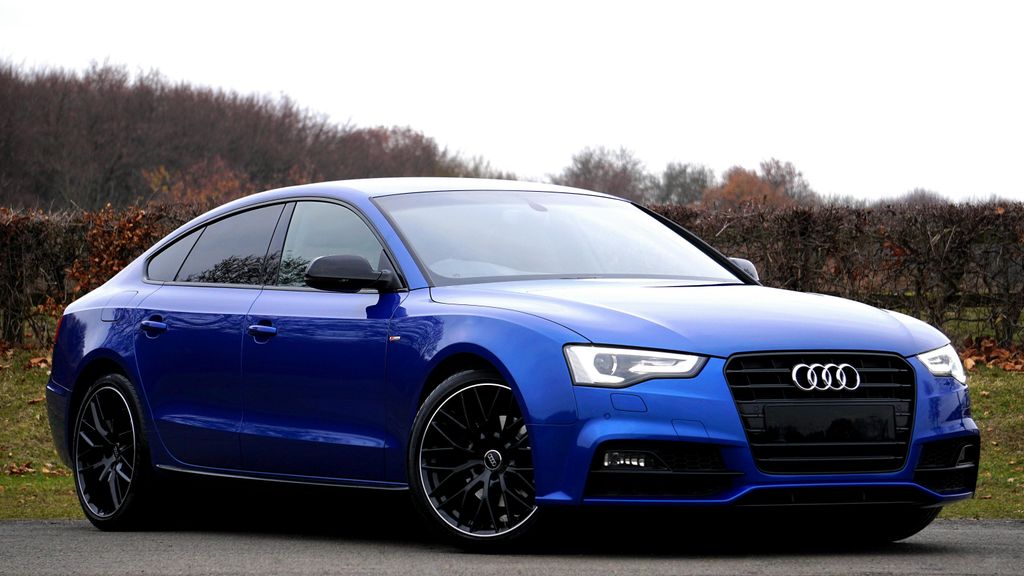
3. **The Vehicle and Driver: Roger Rodas and the 2005 Porsche Carrera GT** At the wheel of the ill – fated vehicle sat Roger Rodas, Walker’s friend and racing team partner, a man with extensive automotive experience himself. Paul Walker was seated in the passenger seat of Rodas’ 2005 Porsche Carrera GT, a high – performance sports car with a formidable reputation. This particular model was known within automotive circles for being “hard to handle” and having a “perilous reputation,” attributes that hint at the inherent challenges of controlling such a powerful machine, especially at high speeds.
The fact that two individuals with significant automotive experience, namely Paul and Roger, were involved in such a horrific accident on what was described by automotive journalist and Walker’s friend Matt Farah as “not a difficult corner” and “not a blind corner” left many bewildered. Another friend, Paul Townsend, articulated this widespread confusion, stating, “With two people possessing the automotive experience of Paul and Roger, it’s unfathomable, at least in my mind, that this would have been a case of driver error.” This sentiment underscored the deep questions that arose regarding the nature of the crash, moving beyond simple speculation of recklessness to a more complex search for answers.
Car Model Information: 2022 Mitsubishi Outlander SE
Name: Porsche Carrera GT
Manufacturer: Porsche
Production: 2003–2006,1,270 produced
Assembly: Leipzig
Designer: Harm Lagaay
Class: Sports car
BodyStyle: Targa top,Roadster (automobile)
Layout: Rear mid-engine, rear-wheel drive layout
Engine: 5733 cc
Abbr: on
Order: Porsche V10 engine,Overhead camshaft#Dual overhead camshaft,V10 engine
Powerout: 450 kW
Transmission: Manual transmission
Wheelbase: 2730 mm
Length: 4613 mm
Width: 1921 mm
Height: 1166 mm
Weight: 1380 kg
Sp: us
Predecessor: Porsche_911_GT1#Street-legal_version
Successor: Porsche 918 Spyder
Categories: All articles needing additional references, All articles with dead external links, Articles needing additional references from August 2022, Articles with dead external links from August 2023, Articles with dead external links from May 2025
Summary: The Porsche Carrera GT (Project Code 980) is a mid-engine sports car that was manufactured by German automobile manufacturer Porsche from 2003 to 2006. Sports Car International named the Carrera GT number one on its list of Top Sports Cars of the 2000s, and number eight on its Top Sports Cars of All Time list. For its advanced technology and development of its chassis, Popular Science magazine awarded it the “Best of What’s New” award in 2003.
Get more information about: Porsche Carrera GT
Buying a high-performing used car >>>
Brand: Porsche Model: Carrera GT
Price: $18,409 Mileage: 57,702 mi.
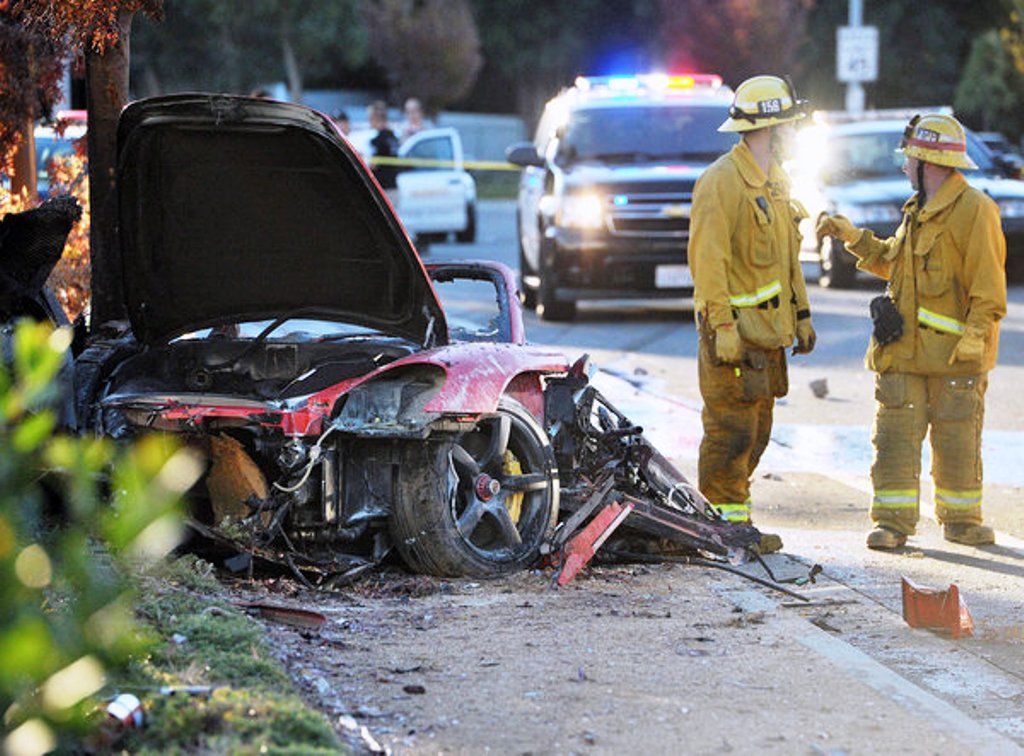
4. **The Sequence of the Crash: High Speed, Impacts, and the Ensuing Fire** Mere moments after leaving Rodas’ car shop, the 2005 Porsche Carrera GT was traveling at an alarming speed, which was estimated by the coroner’s report to be about 100 miles per hour, on a road with a posted speed limit of 45 mph. For reasons that remain partially unknown, the driver lost control of the vehicle. The catastrophic chain of events commenced when the car first struck a curb on the driver’s side, initiating a violent trajectory.
The vehicle then careened into a tree, followed by a lamppost, with the force of these collisions causing the car to spin 180 degrees. This brutal impact redirected the Porsche, smashing its passenger side—where Paul Walker was seated—against another tree. The immense energy released by these successive impacts, combined with the extreme velocity, instantly ignited the vehicle, causing it to burst into a ferocious blaze. Authorities arriving at the scene later described the Porsche as being “split in half and mostly charred,” a testament to the sheer destructive power of the crash.
Car Model Information: 2022 Mitsubishi Outlander SE
Name: Porsche Carrera GT
Manufacturer: Porsche
Production: 2003–2006,1,270 produced
Assembly: Leipzig
Designer: Harm Lagaay
Class: Sports car
BodyStyle: Targa top,Roadster (automobile)
Layout: Rear mid-engine, rear-wheel drive layout
Engine: 5733 cc
Abbr: on
Order: Porsche V10 engine,Overhead camshaft#Dual overhead camshaft,V10 engine
Powerout: 450 kW
Transmission: Manual transmission
Wheelbase: 2730 mm
Length: 4613 mm
Width: 1921 mm
Height: 1166 mm
Weight: 1380 kg
Sp: us
Predecessor: Porsche_911_GT1#Street-legal_version
Successor: Porsche 918 Spyder
Categories: All articles needing additional references, All articles with dead external links, Articles needing additional references from August 2022, Articles with dead external links from August 2023, Articles with dead external links from May 2025
Summary: The Porsche Carrera GT (Project Code 980) is a mid-engine sports car that was manufactured by German automobile manufacturer Porsche from 2003 to 2006. Sports Car International named the Carrera GT number one on its list of Top Sports Cars of the 2000s, and number eight on its Top Sports Cars of All Time list. For its advanced technology and development of its chassis, Popular Science magazine awarded it the “Best of What’s New” award in 2003.
Get more information about: Porsche Carrera GT
Buying a high-performing used car >>>
Brand: Porsche Model: Carrera GT
Price: $18,409 Mileage: 57,702 mi.

5. **The Immediate Aftermath: Trapped Victims and Helpless Onlookers** The immediate aftermath of the crash presented a scene of utter devastation and desperate helplessness. The Porsche, engulfed in raging flames, transformed into a fiery tomb for its occupants. Attendees from the charity event, including Rodas’ young son, who remained unaware that it was his father’s car until he recognized the model, immediately rushed to the site, attracted by the horrific sound of the impact and the sight of the inferno. However, their attempts to intervene proved futile against the intense heat and fire.
Antonio Holmes, one of the toy – drive attendees, recounted the harrowing experience with chilling clarity, stating, “It was engulfed in flames. There was nothing. They were trapped. Employees, friends of the shop. We tried… We went through fire extinguishers.” The inferno was so intense that even professional firefighters, upon their arrival, faced an overwhelming challenge. The tragic reality was that no one could reach Paul Walker or Roger Rodas, leaving those who witnessed the horror with an indelible memory of profound loss and an inability to save their friends.

6. **Autopsy Revelations: “Traumatic and Thermal Injuries” as Cause of Death** In January 2014, the Los Angeles County Coroner’s Office released the autopsy reports of both Paul Walker and Roger Rodas, offering the first definitive medical insights into their tragic deaths. For Paul Walker, the official cause of death was determined as the “combined effects of traumatic and thermal injuries.” This specific designation carried profound implications, indicating that while the immense force of the crash resulted in severe physical trauma, the subsequent fire played an equally crucial role in his demise. It suggested a prolonged struggle rather than an instantaneous end.
In stark contrast, Roger Rodas, the driver, was discovered to have died instantly from “severe blunt head, neck and chest trauma as a result of multiple impacts,” as stated in his autopsy report. The differentiation in their causes of death presented a grim picture: Rodas sustained fatal impact injuries immediately, while Walker experienced the initial trauma only to succumb to the horrific engulfment by flames. This detail profoundly intensified the tragedy, hinting at a terrifying period of consciousness or semi – consciousness for the actor within the burning wreck.

7. **The Grim Details: Severe Burns, Multiple Fractures, and Soot in Trachea** The autopsy report provided a harrowing account of Paul Walker’s final moments and the state of his remains. The actor’s burns were so extensive and severe that he was “burned beyond recognition,” making his hair and eye color unidentifiable upon examination. This degree of thermal destruction required the use of dental records for accurate identification, highlighting the horrific nature of the fire and its devastating impact on his physical form.
Beyond the thermal injuries, Walker sustained numerous traumatic fractures throughout his body, a testament to the brutal force of the crash. These included fractures to his left jawbone, collarbone, pelvis, ribs, and spine, as well as injuries to his arms. Disturbingly, the report also noted the presence of “scant soot” in Walker’s trachea. This finding, which was medically significant, presumably indicated that he had taken at least one breath after the car caught fire but before he died, leading Dr. Michael Hunter to state in a documentary that his autopsy suggested Walker was “still clinging to life” before the vehicle became fully engulfed. The revelation that he may have been alive and conscious, even briefly, within the fiery wreckage is one of the most agonizing details to emerge from the entire tragic incident.
The grim details of Paul Walker’s autopsy, revealing the harrowing reality of his final moments, laid bare the immediate devastation wrought by the crash. Yet, the full story of November 30, 2013, extended beyond the initial trauma, necessitating a deeper inquiry into the myriad factors and lingering questions that continued to swirl around the tragic event. The subsequent investigation meticulously aimed to unravel the mysteries, to definitively rule out speculation, and to provide answers amidst the profound grief that had enveloped the world.
What followed was a rigorous examination that separated fact from the many theories that inevitably arise in such high – profile tragedies, ultimately bringing clarity to some aspects while, perhaps, deepening the enigma of others. This section endeavors to trace the threads of that investigation, explore the contentious debates that emerged, and journey through the actor’s impactful life and the enduring legacy he left behind, a legacy that continues to resonate years after his untimely passing.

8. **The Official Investigation: Ruling Out External Factors and Toxicology** In the wake of such a devastating and public accident, intense scrutiny was immediately directed toward the circumstances surrounding the crash, prompting a thorough investigation by the Los Angeles County Sheriff’s Department. Early speculation varied wildly, encompassing everything from mechanical failure to the potential involvement of other vehicles or substances. However, the subsequent forensic reports and comprehensive analyses unequivocally disproved many of these initial theories, narrowing down the probable causes with sobering precision.
Critically, the toxicology report conducted on both Paul Walker and Roger Rodas revealed no traces of alcohol or drugs in their systems, firmly excluding impairment as a contributing factor to the accident. This finding dispelled a common and often immediate presumption in such incidents, shifting the focus entirely to other elements. Furthermore, investigators confirmed that there were “no pre – existing conditions that would have led to this collision,” effectively eliminating mechanical issues with the Porsche as a primary cause.
Ultimately, the official inquiry identified “unsafe speeds” and “worn – out tires” as the decisive factors. The car, traveling at approximately 100 miles per hour in a 45 mph zone, coupled with older tires, created an uncontrollable situation that even two experienced drivers could not manage. The investigation thus concluded that speed was the predominant cause, a tragic testament to the immutable laws of physics rather than any external malice or internal car defect.
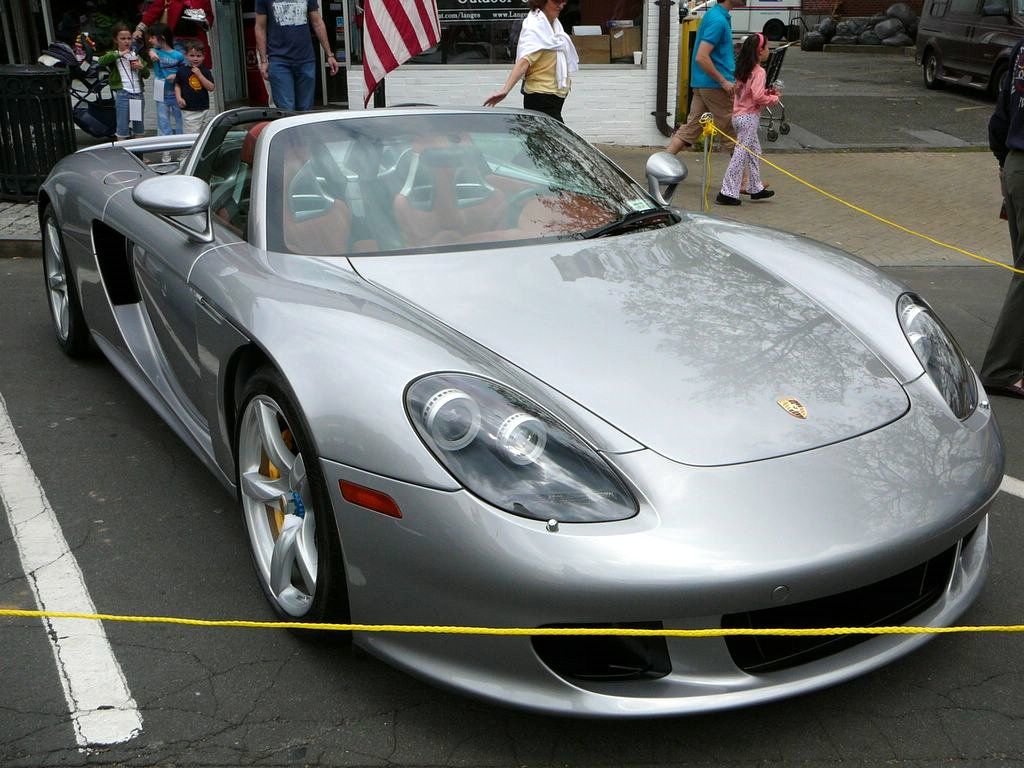
9. **The ‘Dangerous Car’ Debate: Porsche’s Reputation and Lawsuits** The 2005 Porsche Carrera GT, the vehicle involved in the fatal crash, was not merely a high – performance sports car; it possessed a formidable and often – debated reputation within automotive circles. Renowned for being “hard to handle” and having a “perilous reputation,” this particular model posed inherent challenges in terms of control, especially when driven at extreme velocities. This characteristic became a focal point of contention in the wake of the tragedy, triggering a heated debate about the car’s design and safety.
This debate intensified significantly in 2015 when Paul Walker’s daughter, Meadow Walker, initiated a wrongful death lawsuit against Porsche. Her attorney, Jeff Milam, emphatically stated, “The crux of the matter is that the Porsche Carrera GT is a dangerous car. It has no place on the street.” The lawsuit claimed that there were design flaws in the vehicle that contributed to the accident, arguing that such a powerful and inherently difficult – to – control machine should not have been readily accessible for public road use without more comprehensive safety features.
Porsche, in its defense, maintained that the car had been “abused and altered” due to unforeseen modifications, asserting that the responsibility rested with driver error and the specific circumstances of the incident, rather than inherent design flaws. The legal battle spanned over two years, reflecting the profound complexities of assigning blame in such a high – stakes tragedy. Ultimately, Meadow Walker reached a settlement with Porsche regarding the lawsuit, with the terms of the confidential agreement bringing a quiet end to a public and emotionally charged dispute.
Car Model Information: 2022 Mitsubishi Outlander SE
Name: Porsche Carrera GT
Manufacturer: Porsche
Production: 2003–2006,1,270 produced
Assembly: Leipzig
Designer: Harm Lagaay
Class: Sports car
BodyStyle: Targa top,Roadster (automobile)
Layout: Rear mid-engine, rear-wheel drive layout
Engine: 5733 cc
Abbr: on
Order: Porsche V10 engine,Overhead camshaft#Dual overhead camshaft,V10 engine
Powerout: 450 kW
Transmission: Manual transmission
Wheelbase: 2730 mm
Length: 4613 mm
Width: 1921 mm
Height: 1166 mm
Weight: 1380 kg
Sp: us
Predecessor: Porsche_911_GT1#Street-legal_version
Successor: Porsche 918 Spyder
Categories: All articles needing additional references, All articles with dead external links, Articles needing additional references from August 2022, Articles with dead external links from August 2023, Articles with dead external links from May 2025
Summary: The Porsche Carrera GT (Project Code 980) is a mid-engine sports car that was manufactured by German automobile manufacturer Porsche from 2003 to 2006. Sports Car International named the Carrera GT number one on its list of Top Sports Cars of the 2000s, and number eight on its Top Sports Cars of All Time list. For its advanced technology and development of its chassis, Popular Science magazine awarded it the “Best of What’s New” award in 2003.
Get more information about: Porsche Carrera GT
Buying a high-performing used car >>>
Brand: Porsche Model: Carrera GT
Price: $18,409 Mileage: 57,702 mi.

10. **Paul Walker’s Early Life and Journey to Acting** Before he achieved global acclaim, Paul William Walker IV was born on September 12, 1973, in Glendale, California, into a family with roots in both modeling and amateur boxing. He was the eldest among five children, raised by his mother, Cheryl Crabtree Walker, a former model, and his father, Paul William Walker III, a former amateur boxer. This early environment, a fusion of glamour and pragmatism, perhaps subtly influenced the multifaceted personality that would later captivate millions.
Walker’s entry into the entertainment industry commenced remarkably early, not with a dramatic on-screen role, but as a cherubic two-year-old modeling for a Pampers commercial. This early initiation foreshadowed a life spent in front of the camera. Throughout his middle and high school years, he actively engaged in acting, securing minor roles in popular television shows such as “Highway to Heaven” and “Charles in Charge,” gradually refining his craft in the burgeoning realm of television.
After graduating from Village Christian School in Sun Valley, California, in 1991, Walker continued to navigate the fiercely competitive landscape of Hollywood. His early career also encompassed a one-year stint on the long-running soap opera “The Young and the Restless,” offering him consistent exposure and experience prior to his eventual breakthrough onto the big screen. These formative years laid the foundation for the remarkable career that was yet to materialize.

11. **The Path to Stardom: Hollywood Breakthrough and “Fast & Furious”** The latter half of the 1990s witnessed Paul Walker steadily expand his filmography, securing roles in notable teen films that resonated with a burgeoning demographic. His appearances in movies such as “Pleasantville” in 1998, followed by “Varsity Blues” and “She’s All That” in 1999, demonstrated his emerging talent and undeniable on-screen charisma. These roles established him as a recognizable figure, a rising star on the verge of a major breakthrough.
That pivotal moment came in 2001 when Walker was cast in the inaugural film of “The Fast and the Furious” series, portraying the undercover cop, Brian O’Conner. This role, set against the backdrop of the illegal drag-racing community and its criminal elements, and inspired by Kenneth Li’s 1998 VIBE magazine article “Racer X,” catapulted him into an entirely new echelon of Hollywood stardom. His character, alongside Vin Diesel’s Dominic Toretto, swiftly became a cult favorite, defining an era of action cinema.
The undeniable on-screen chemistry between Walker and Diesel evolved into a profound off-screen friendship, enhancing the authenticity and appeal of the franchise. While initially regarded by some as a risk, “The Fast and the Furious” surpassed expectations, laying the foundation for a record-breaking, multi-billion-dollar franchise. Walker continued to feature in most of its sequels, enjoying a dream life that combined his passion for cars with global cinematic success.

12. **Paul Walker’s Enduring Philanthropic Spirit: Reach Out WorldWide and The Paul Walker Foundation** Beyond the high-energy world of Hollywood and fast cars, Paul Walker possessed a profound humanitarian spirit that truly defined him, a quality that transcended well beyond his lifetime. He established Reach Out WorldWide (ROWW), a non-profit organization committed to providing immediate assistance to communities severely affected by natural disasters. This initiative, which stemmed from a sincere desire to make a substantial difference, became a fundamental element of his personal mission.
Walker’s dedication to philanthropy was clearly demonstrated on the very day of his passing, as he organized a holiday toy drive for ROWW, specifically targeting survivors of Typhoon Haiyan in the Philippines. His brother Cody, who subsequently assumed leadership of the charity, aptly remarked, “Paul did not recognize the impact that he had on those around him,” a testament to his modest and selfless character. Even in his absence, ROWW continues its crucial work, advancing the compassionate vision he imparted.
His enduring influence is also effectively preserved through the endeavors of his daughter, Meadow Walker. In 2015, she founded The Paul Walker Foundation, an organization devoted to marine science and humanitarian endeavors, reflecting her father’s profound affection for the ocean and commitment to environmental protection. Both ROWW and The Paul Walker Foundation stand as lasting monuments to his legacy, ensuring that his spirit of generosity and compassion continues to reach people worldwide.

